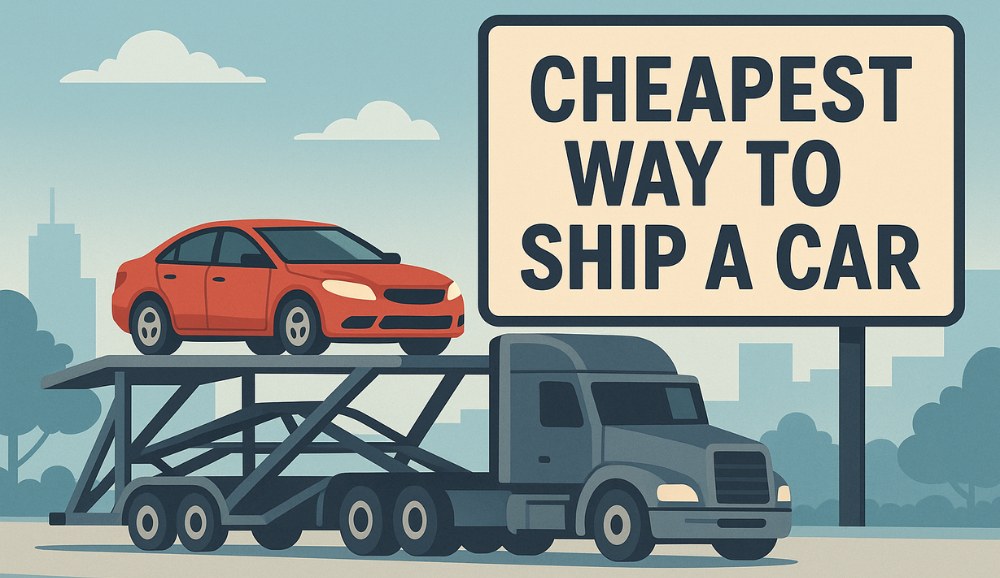Shipping a car doesn’t have to break your bank account. Whether you’re relocating across the country, sending a car to your kid in college to convince him to come home over the weekend, or buying a car from out of state, finding the most affordable way to get it from Point A to Point B can be a harder process than you would think.
You’ll hear about quite a few options such as open carriers, enclosed transport, brokers who find you the deals, terminals, insurance, expedited rates, and other terms that sound more complicated than necessary. We’re going to cut through the random terms and break it down into practical steps. Let’s hit the road.











